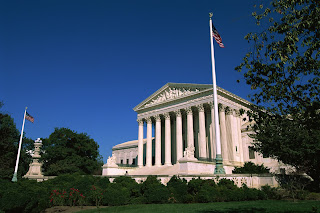Not long after I started practicing law I discovered the magic, I thought, of TV advertising. Yes, it was incredibly expensive, but it produced large results -- fast. But, there was a problem with the potential clients it brought in. Although they were intrigued enough to venture into the office, they came with a great deal of skepticism and with many misconceptions. After all, it is difficult to transmit any kind of real information in the 28 to 29 actual seconds you are on the air. The potential client was there because of the unmitigated repetition (the shear number of spots) broadcast into their homes by my law firm. The other problem was that in order to properly inform them and advise them, you have to conduct a massive number of individual initial interviews, one on one, often without success. By this I mean you as a lawyer have to give away probably half of your available time visiting with people, for lengthy periods, and a good percentage of them are never going to employ you. The result is you bring in other expensive (in terms of overhead) lawyers and non-lawyer financial advisers to conduct all of the give-away work to try and educate the base and motivate them to retain your law firm as opposed to someone else.The reason for this is that TV commercials, as most mediums, constitute push advertising. This is, essentially, advertising (or marketing) that comes to find us. It is what bombards us daily. It is prevalent. It is what makes duck and run for cover. It is why we all sing the praises of TiVO.
Now certainly every form of marketing enjoys a little bit of push. After all, a market has to be made for the services provided by your practice. The question is how much push works and at what costs. As I explained, above, push advertising or marketing is expensive both because it forces the spots in the face of your potential clients, it has to do so with enough frequency that they let their guard down, and then the cost of the individual attention to detail is very expensive.
The opposite of this is pull marketing. Pull marketing or advertising is the opposite of mass marketing. This is where the consumer wants to come to you for information and understanding and help. Certainly you have to make yourself available and visible to those that want to find you and seek the understanding your provide, but they are their of their own volition. They have not been motivated by what is the mass media equivalent of a cattle prod.
Please click here for the original article in its entirety.
Please be sure to visit www.hardinglaw.com, the website for the law firm of Harding & Associates, for more information on California family law.


2 comments:
Thanks for the honorable mention.
My pleasure Chuck. Keep up the great work!
Post a Comment